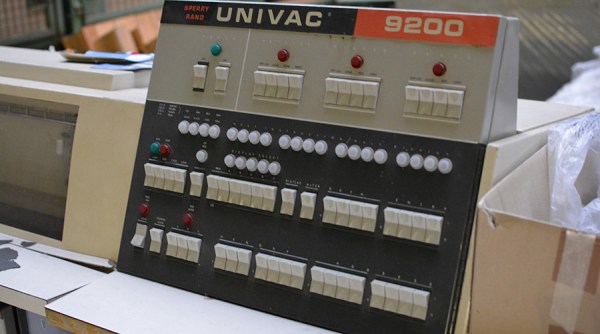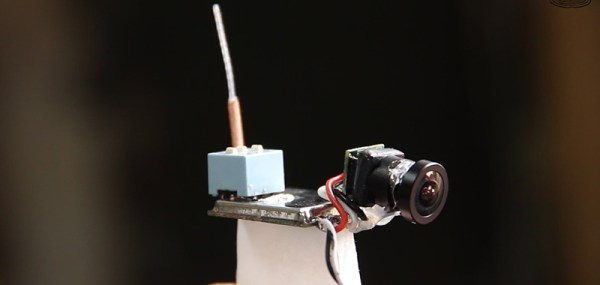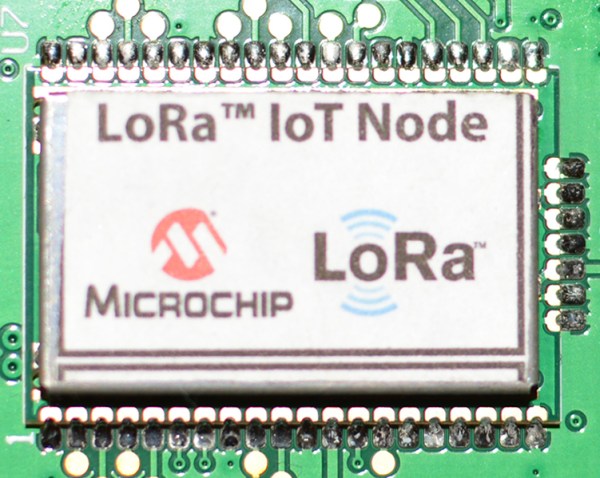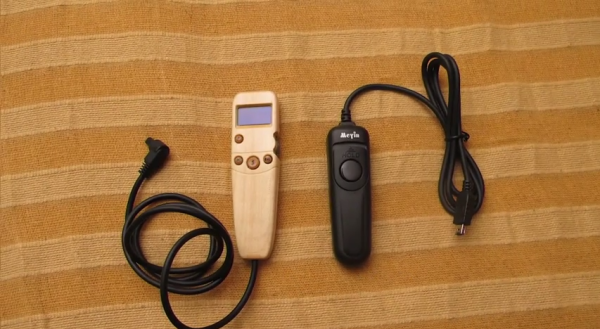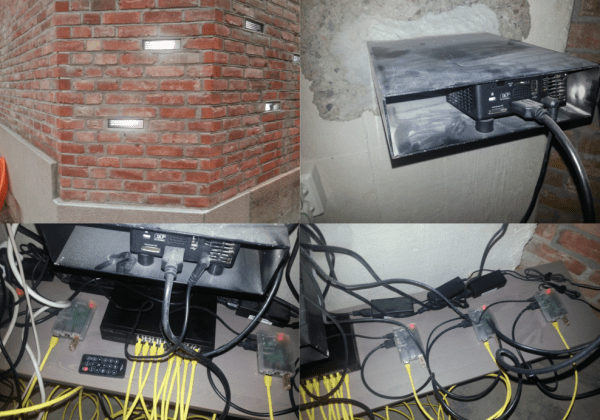There have been a few people asking us to do our full teardown of a crowdfunding campaign, this time for Bleen. We’ll get to that, but here’s the TL;DR version: 208 people just threw money away, and right now Indiegogo is ~$3000 richer for doing nothing.
Insipired by a Hacklet, [Chris] documented his retro console build. He started out like most people do with a Raspberry Pi, but found emulating newer consoles like the N64 consumed too much processor time. He moved his build over to custom-assembled hardware with an AMD Micro-ATX board, a drive, and a USB gamepad. It’s beautiful, and much, much more powerful than a Raspberry Pi.
SD card in your Pi died? Of course it did. The problem is you’re not shutting down your Pi correctly. [satya] whipped up a quick project to fix that. One button, a bit of Python, and a shell script is all you need for a one-button shutdown for your Raspberry Pi.
A while ago, [Jan] built an ARM-based modeling MIDI synth that sounds a lot like the old Junos of the 80s. It’s build around the one 8-pin DIP ARM that’s being manufactured, placed between a MIDI jack and a 1/4″ jack. That’s pretty much all the components. [Gritty] plugged it into a Teensy that’s connected to a sequencer. It sounds awesome.
Everyone loves the Spark Core – there are a few floating around the office here. Now there’s a new Spark. It’s called the Photon, and they’re packaging it as a module. There’s an STM32F2 microcontroller and a BCM43362 Wi-Fi transceiver packaged in a nice, FCC certified module. Very cool.


